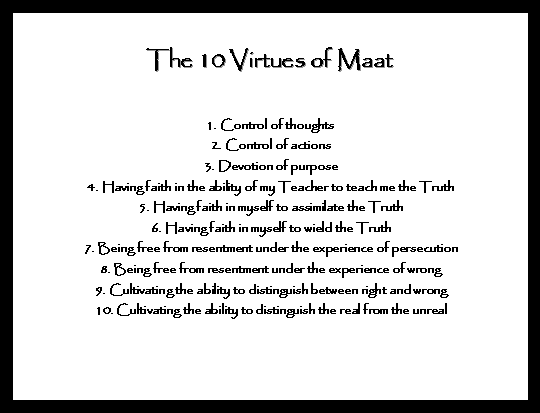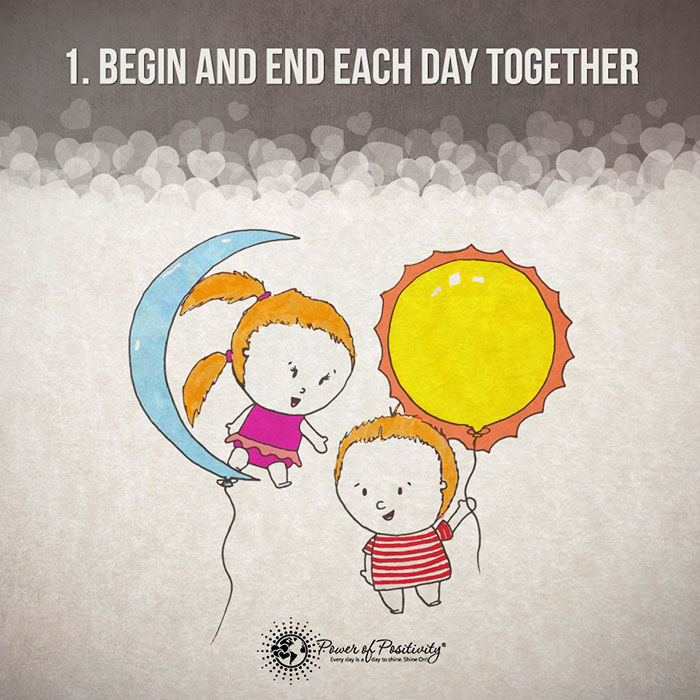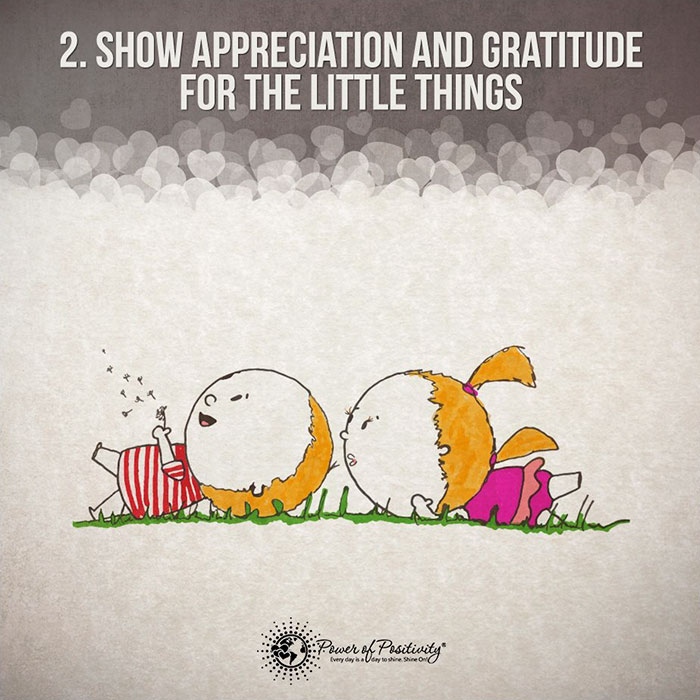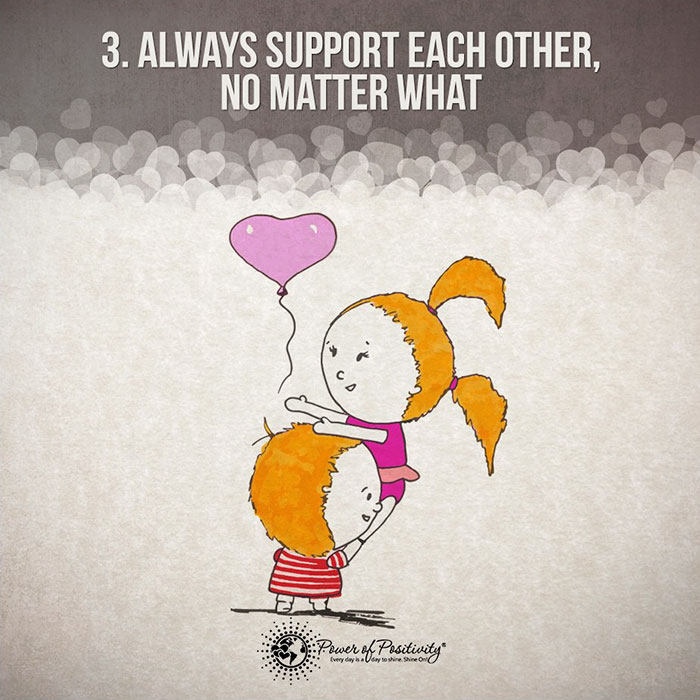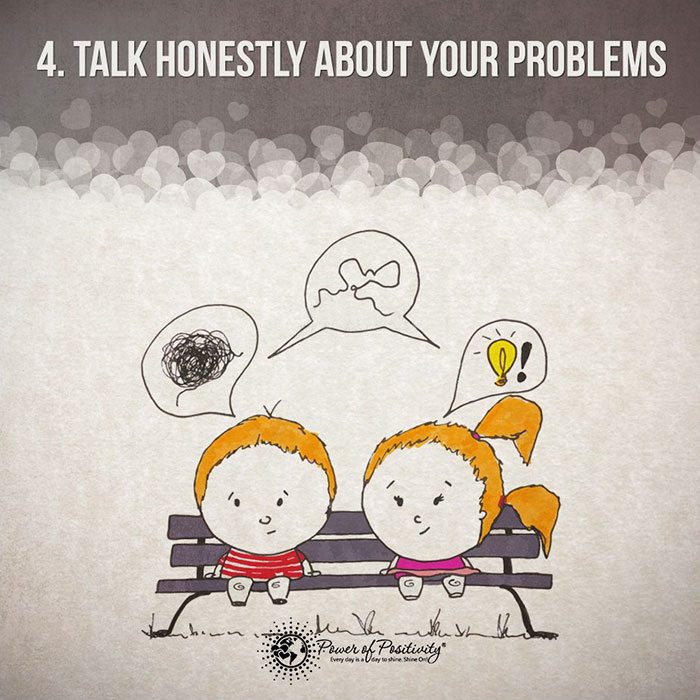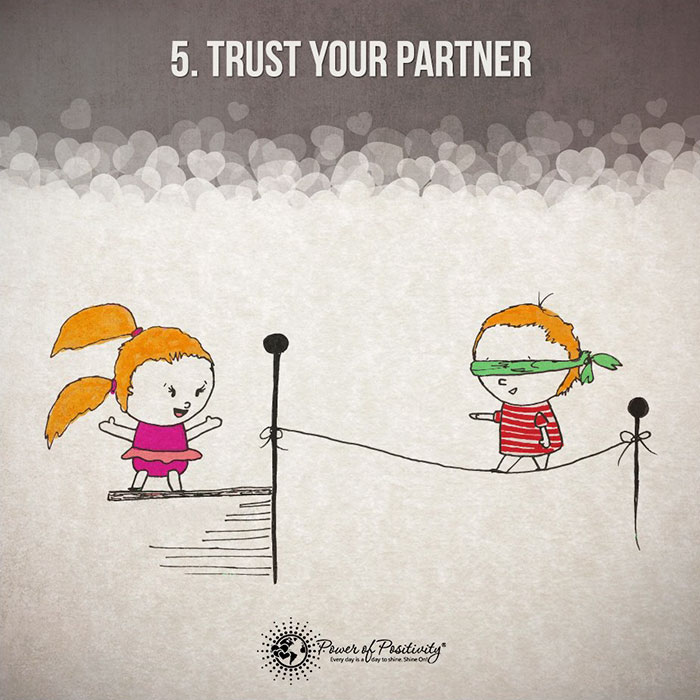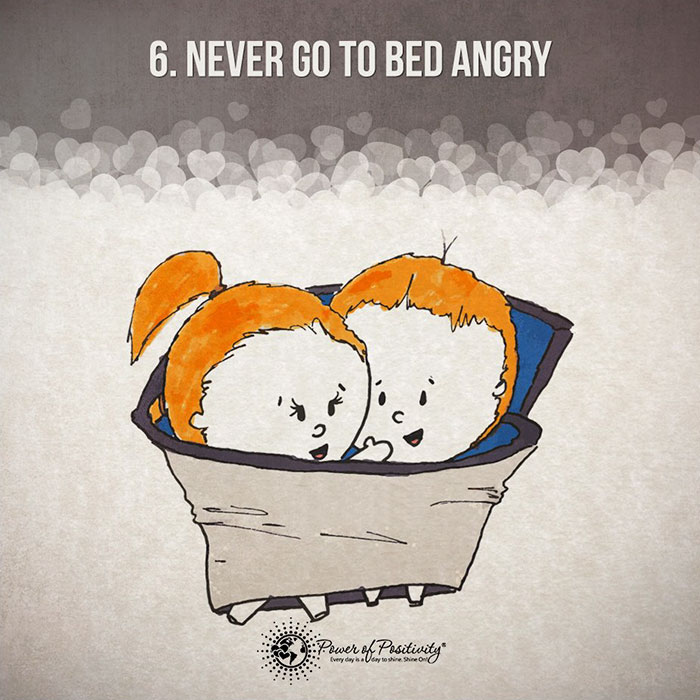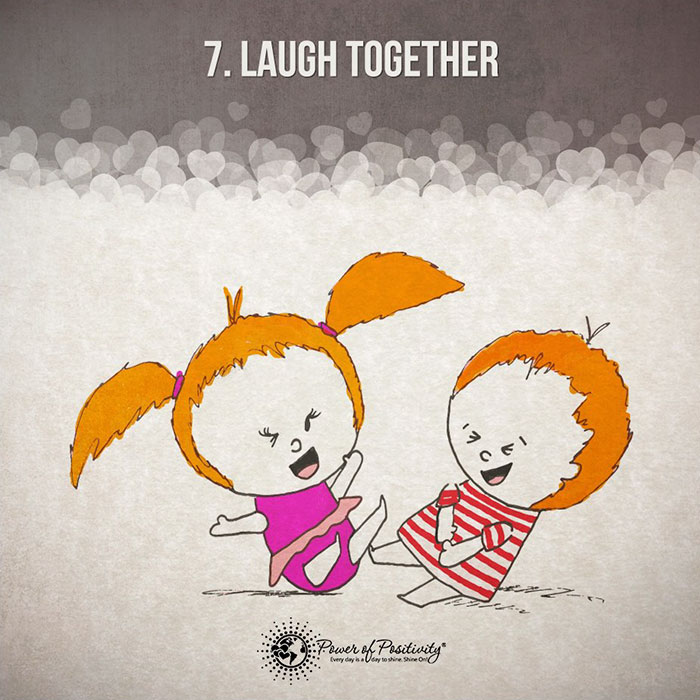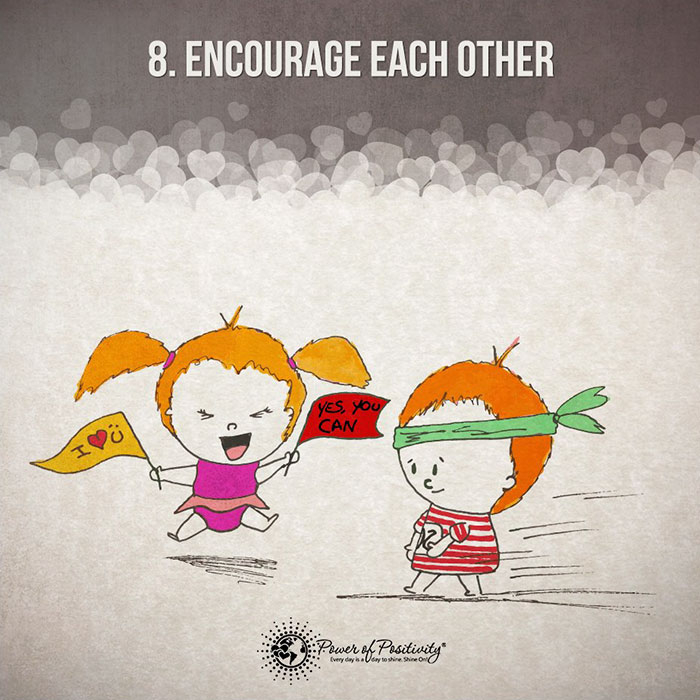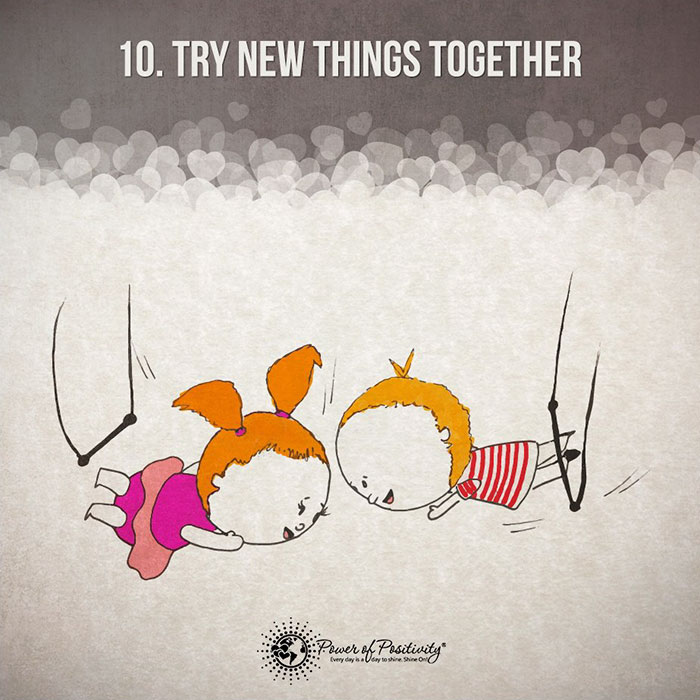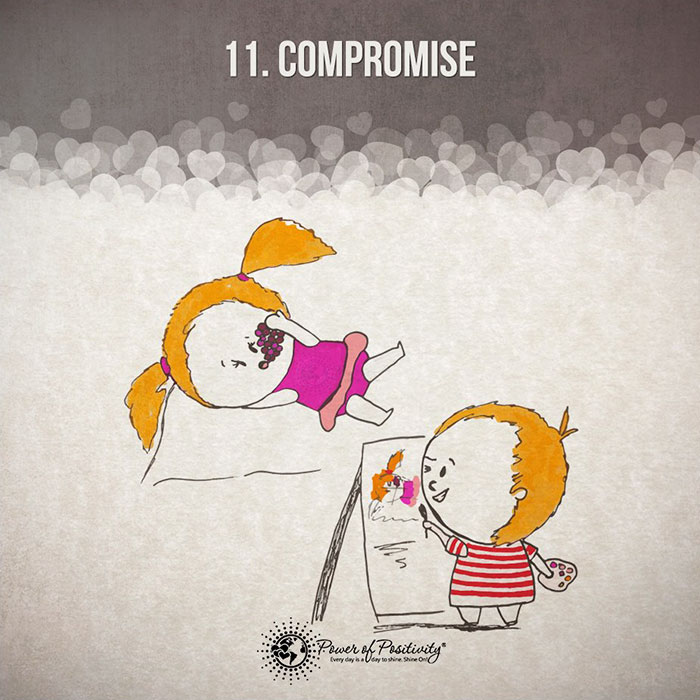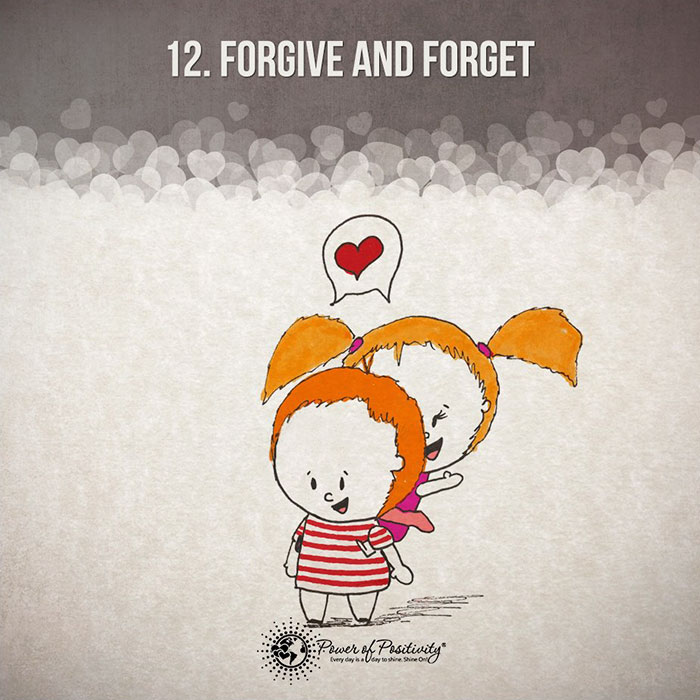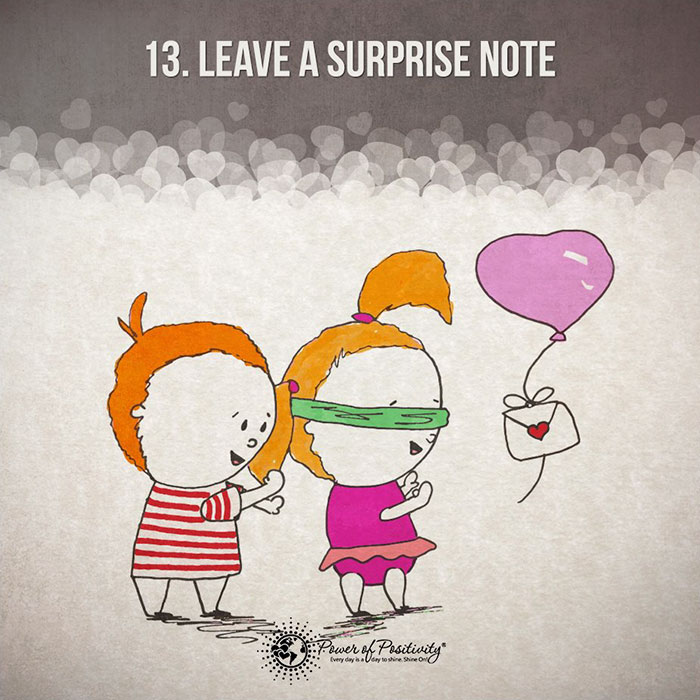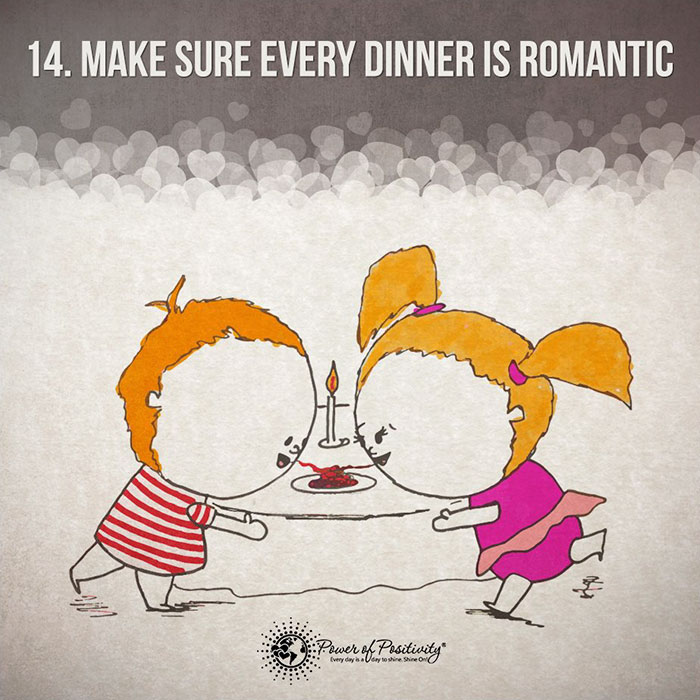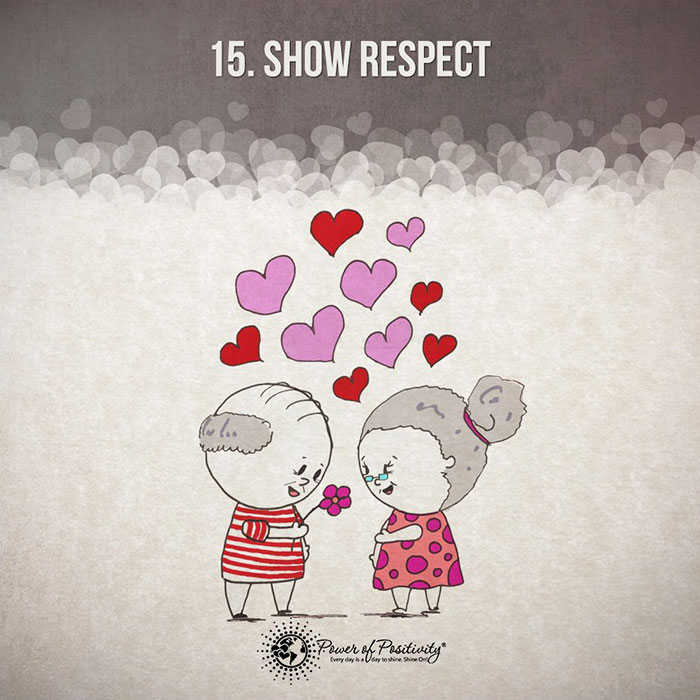There is a difference between having a place to live and having a home. A place to live is a space which meets our personal and professional needs whether they be simple, complex or something in between. It is neither a reflection of us nor, really, of anything else as you can feel any time you stay at a hotel. On the other hand, a home is a place to live with which we have a relationship. The relationship can be good, bad, or indifferent in part through our choices and actions although with two parties involved we are not solely responsible. A home can be a building we own or a space we rent; it can be just a room or several buildings on acreage. Wherever we call home, it is the place where we can and usually are most ourselves and where we can explore what is possible or let all of the doingness of life go and experience our wholeheartedly loved beingness.
Because of the nature of the relationship between people and spaces, humans being transformative creation agents and homes providing space for transformation and creation, homes tend to reflect the inner life of the inhabitant(s). They become the interior life of their people made manifest, as it were. It's not a one-to-one relationship, but it is very common to find a house suffering from plumbing problems because their people aren't letting go well or are stuck on some issue that just won't break loose. Houses can flood and overflow when roots get into the pipes suggesting their people have a need to deal with the root of their issues. You get the idea.
These are some of the principals which underlie Feng Sui. Relationships work both ways so not only will a home reflect for their person what is or isn't working, changing something in the home will affect its people. Too often these changes are seen as a placebo. They are relegated to the intellectual realm where if we simply understand the message, we don't need to make an actual change. Or they are seen as shallow esthetic choices or New Age spiritual magic which more enlightened beings don't need to use. This has allowed our connection with our homes to follow the same trajectory as our bodies and the other logistics of life. Our relationships become functional or dysfunctional where we know it could be better and what seems to need adjusting is not our behaviors, but our attitude. If we could just get on track, get a better attitude about keeping things clean, about repairs, about the neighbors, about what needs to get done someday, then everything would be all right.
I tend to think about the need for appropriate attitude in relationships the same way I think about it in connection with successfully landing an airplane. Yes, having a good attitude about a successful landing is helpful, but you can actually achieve the goal without it. What you truly need is to be present, have the appropriate height in relationship to speed, enough runway, working brakes, skills with the controls, and knowledge of what to do in order to put the airplane through the landing process. In all of these things, the relevance of how you feel about the situation pales in comparison to what you actually do and with what in what order.
To be in good relationship with our homes we don't necessarily need to change our attitude. It will more than likely change on its own over time. What we need to do is pay attention to it, notice what is needed and take appropriate action to do those things. Each time we clean the bathroom we are infusing our home with our positive essence, with our energy. Each time we dust we're removing old energy and making space for the house to infuse us and receive from our abundance of beingness. When we clear off a shelf we signal we are ready for something new. When we create a pile of something our home reaches out to support us in this new process of manifestation even if it's only sorting that day's mail. Each act not only interacts with the home and with ourselves, but creates a cumulative energy. We feel this effect in sacred places such as St. Peters in Rome where the actions of millions has saturated every inch to such a level the energy radiates from it or Stonehenge which welcomes each new person with suchness grown rich through centuries of ceremony and silence. In this same way our home accretes the essence of us through our physical actions and responds accordingly.
In most cultures as far back as oral history can remember, whether agrarian or nomadic, home has been where we are safe from the elements and have access to fire. Home is the sacred place where fire is our ally providing light, heat, the ability to cook food, to create weapons and forge the implements we need for productive living. We can feel our kinship to fire as it is, like us, a transformative creation agent. Not only does fire consume, but the ashes of fire can be used to remove the hair from hides making them useful for clothing, harness and other items. Fire can harden wood into our chosen shape or hollow it out. Fire can release things from their outer shells so we can have the nutrients inside. Fire opens entire new realms of possibility.
Fires were considered the sacred heart of a home. Where there is fire there is life and we still reflect our awareness of this in the way we speak of homes. When they are welcoming we say they are warm and inviting. When they are uninterested or refusing connection, when they seem unfeeling or having no care for the welfare of those in them, we call them cold. When we enter a building which has been uninhabited for a while we call it lifeless and look to the center where heat, warmth, and nourishment should be, usually the kitchen. Another thing we say is "the kitchen is the heart of a home" which refers to its ability to create relationship and connection, fostering health and a feeling of wellbeing.
In the times before colonial settlement, the Cherokee people held fire as sacred not only when used in ceremony, but also as a sacred aspect of every home. Each year in the late summer a week long ceremony would be held. In order to prepare for the new crops to come in, to celebrate the successful harvest and prepare for the year to come, each house would extinguish its fire. The only fire which remained lit was the central fire of the community. Each house would refrain from cooking, would clean the hearth down to the stones, and lay wood for a new fire to be started. The accumulation detritus from the year past would be removed, any necessary house repairs or cleaning would be done during this week, and everything would be made ready to celebrate the community and its connection with the divine both within each individual and without in the web of life. Then on the appointed day and hour an elder would take fire from the center and bring it to each house. Each home's fire was lit from the same source, from the communal source, the fire which supports us all.
Various First Nation and Native American tribes of the Plains would carry fire with them when they moved camp. They would take hot coals from the previous encampment's fire with them in insulated containers. This way the sacredness of their home came with them from camp to camp along with the hides and poles and sleeping robes. The ease with which they settled in each spot came from intimate relationship with the home made sacred through care and fire, which then translated itself into an ease of relationship with the new ecosystem they would inhabit.
In ancient Greece fire was personified as Hestia and seen as one of the oldest and most revered of the gods. She came to be seen as a daughter of Zeus, but one of only three gods who never married. She remained virgin, which in those times referred not to her sexual experience, but instead to her personal authority. She would have no husband over her, but instead would be herself, life affirming, ever present, ever radiant, supportive of all that was good and that allows humans to thrive. She therefore has no temples, is not represented by statues or art, but instead was venerated in each home's cooking fire and in the communal sacred fires of each city-state and at the temples of various other gods. She was, quite literally, the goddess of the hearth. Today she is often mistaken for a goddess of domesticity which is seen a bit negatively due to modern culture's struggle with strict gender roles and responsibilities. However, she was the means by which a space to live became a home.
For example, each new marriage would be honored with a procession. The mother would bring fire from her hearth to theirs, bringing Hestia and all of her blessings ahead of them into their new life. Babies would also be blessed next to the fire as introduction and the forging of relationship. When a new community was formed Hestia in the form of sacred fire would be travelled with the settlers creating deep sacred connections between the two communities. In each case Hestia would bring the sacred into each home through her beingness and the people living in the home would foster the sacred through the practical actions of life: cooking, crafting, heating, and fire tending.
While the other Greek gods were represented and worshiped through art and images, Hestia was seen in round containers. Her hearths were round even if they weren't central to the dwelling, coals or embers travelled in round pots, and the sacred fires of the city and the temple were set in round altars letting the heat and light reach all beings while giving preference to none.
In modern times many homes have no fireplace or hearth. As most people don't cook or heat with wood, fireplaces have become more of a decoration often powered by electricity or gas rather than wood. The functions of a hearth are now found in the kitchen where we have ranges, ovens, and microwaves, in the walls where we have various means for providing heat, in the hidden spaces where we keep our water heaters, and in the candles we light. This makes the functions no less sacred as we find out rather rapidly when one or the other of them stops working for some reason, usually when we need them the most.
As we head into the holiday season, gathering our families into our homes, going out to share our light with others, choosing how best to honor ourselves and those we love, we become attuned to the sacredness of home. For some this will come in preparing for and hosting loved ones in celebration and sharing. For others it will be a time of honoring the self, taking time out from the daily round to shovel out the remains of the past year and prepare for the new. Each act adds to our relationship with our home and with ourselves, bonding us even further into the sacredness of living. As Hestia reminds us, this is not some high ideal, not something “out there” or only found in special places, but something which is created by our presence and our actions each and every day. We are as much a transformation agent as fire. We transmute all we come in contact with by our vary nature. The sacredness of our homes is rarely built through grand gestures, heroic exploits, or large projects, but instead is created in the small moments, in the mundane chores, in the choices we make of doing this over that. It is in how we choose to do so, what actions we do or do not take and in what order, which determines the outcome.
Blessings,
Teri - AkashicReading.com
